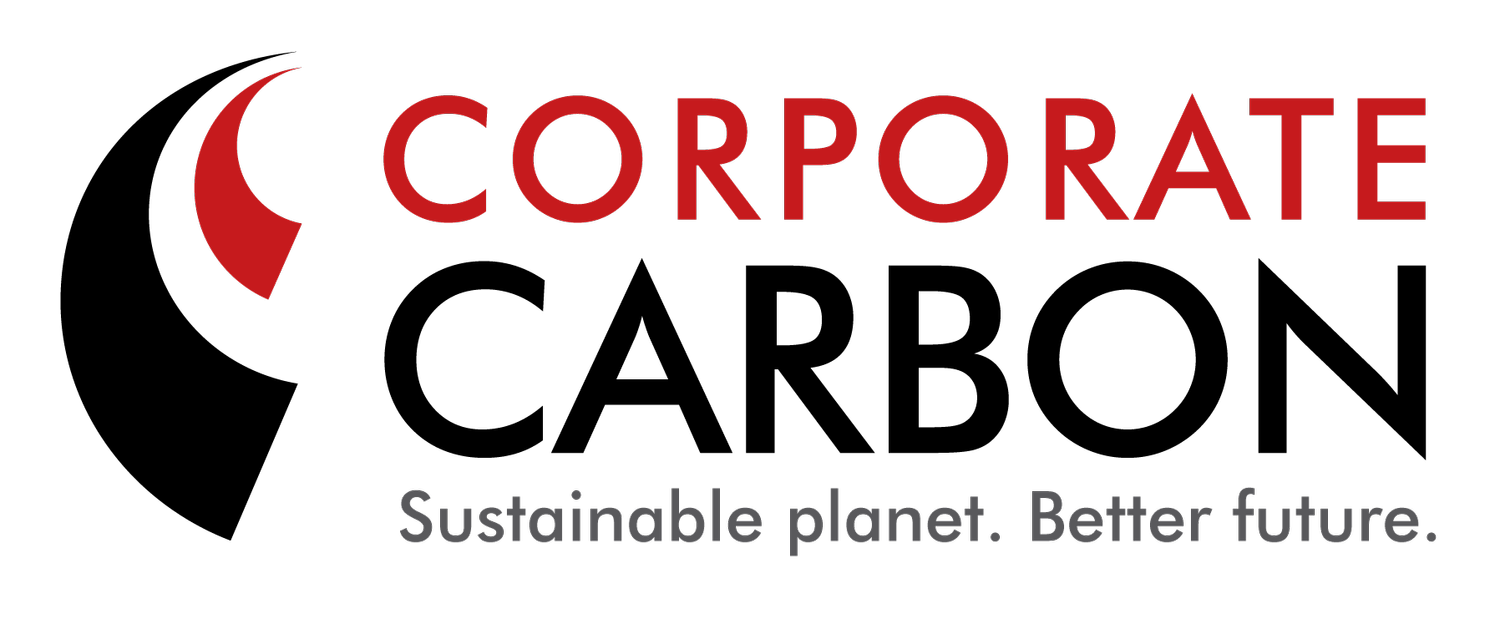
Raak Nguunge
Savanna Fire Management in Western Cape York Peninsula in North Queensland
The project
Registered in 2018, the Raak Nguunge project involves strategic and planned burning of savanna areas in the high rainfall zone during the early dry season to reduce the risk of late dry season wildfires.
The project is registered under the Emissions Reduction Fund under Carbon Credits (Carbon Farming Initiative - Emissions Abatement through Savanna Fire Management) Methodology Determination 2015
The Raak Nguunge – Pormpuraaw Savanna Project reduces the risk of late dry season wildfires in Northern Australia by applying strategic fire management practices including early dry season burns.
By changing the proportion of area burnt in the Project Area between the late and early dry season, the proponent has reduced emissions from fire, relative to the baseline period.
By preventing larger late-season wildfires, emissions are reduced when compared against the historical average.
This savanna burning project works with local rangers to undertake strategic aerial and on-ground burning in the tropical winter, so as to reduce fuel loads in later (hotter) months when dry lightning storms begin.
The Property
This project is in the Pormpuraaw local government area. Pormpuraaw is located on the west coast of Cape York about 500 kilometers from the tip of Australia, just south of the Edward River. The project area covers 420,650.5ha.
It is the home of the Thaayore, Wik, Bakanh and Yir Yoront People. Pormpuraaw is a beautiful community that is well known for it's coastal location, magnificent sunsets and abundant fishing experiences.
Raak Nguunge means ‘burning season’ in the Kuuk Thaayorre language, and the success of the project is thanks to strong collaboration between the Pormpuraaw Aboriginal Shire Council and the Pormpuraaw Land & Sea Management Rangers.
.
Co-Benefits
Supports the protection and healthy regeneration of several regional Ecosystems including Lakes and lagoons dominated by a variety of aquatic plants, frequently with fringing woodlands or sedgelands
Significant locations for nesting by threatened sea turtle taxa, particularly Flatback (Natator depressus), Olive Ridley Turtle (Lepidochelys olivacea) (Endangered species) and Hawksbill Turtles (Eretmochelys imbricata). Nesting by Green Turtles (Chelonia mydas) on islands off east coast.
Co-ownership of this project with the local traditional owners enables opportunities to absorb and connect with the ancient rhythms, lore and education as well as provide economic benefits through the generation of ACCUs and local tourism or education opportunities.
Jobs that promote local culture, products and services
United Nations Sustainable Development Goals that apply to the project
An Australian Carbon Credit Unit (ACCU) represents one tonne of carbon dioxide equivalent stored or avoided.
ACCUs are issued by the Australian Government Clean Energy Regulator (CER) under the Emissions Reduction Fund (ERF) in return for reducing the level of greenhouse gases in the atmosphere.
The integrity of the ACCUs created by this project are guaranteed by Corporate Carbon through our monitoring, verification and reporting process managedusing established ERF methodology which is subject to independent audit and review by the CER.
Savanna Fire Management Projects involve strategic burning in northern Australia’s early dry season (January to July) to decrease the size, intensity and frequency of late dry season wildfires. Savanna emissions avoidance and savanna sequestration projects earn carbon credits for reducing wildfire emissions through annual fire management practices. A savanna sequestration project also increases the carbon stored in dead organic matter from fire management, which must be maintained for 25 or 100 years through continued fire Management.






